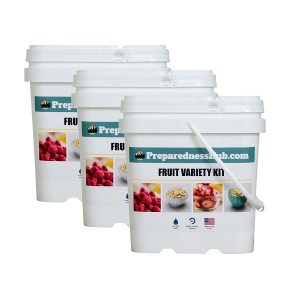 If you plan to take part in any kind of boating activity on the water, it makes sense to wear a Personal Flotation Device (PFD) or life jacket. But did you know that you need to choose the right kind of PFD? Life jackets come in all sizes and shapes but not all are created the same. Some are meant for more rugged activities, some are made to help you survive in cold water, and others are only good for saving your life when the chance of rescue is quick.
If you plan to take part in any kind of boating activity on the water, it makes sense to wear a Personal Flotation Device (PFD) or life jacket. But did you know that you need to choose the right kind of PFD? Life jackets come in all sizes and shapes but not all are created the same. Some are meant for more rugged activities, some are made to help you survive in cold water, and others are only good for saving your life when the chance of rescue is quick.
First of all, the United States Coast Guard requires that each recreational boat have approved life jackets for each person on board. The appropriate kind of PFDs for each one depends heavily on the kind of activity you choose and what kind of water conditions you might encounter. The U.S. Coast Guard also requires boats that are 16 feet or longer (not including canoes or kayaks) have a throwable PFD onboard.
There are different types of Personal Flotation Devices available to choose from. The most common are:
Off-Shore Life Jacket (Type I): These life jackets are best for open, rough water where chances are that rescue is slow in coming. They are highly visible, floats the wearer the best, and can turn most people upright in the water if they are unconscious. However, they are also bulky and can be difficult to move in.
Near-Shore Buoyant Vest (Type II): These types of PDFs should be worn on inland, calm waters where there is the chance of a fast rescue. They are less bulky and more comfortable to wear than Type Is but they don’t turn everyone face up when unconscious. They are also not meant to be used in rough water.
Flotation Aid (Type III) – These kinds of life jackets are also good for inland, calm water where is a chance of fast rescue. They are incredibly comfortable to wear for extended periods, available in many styles, and designed for general boating activities including fishing, skiing, canoeing, and kayaking. On the downside, they are not made for lengthy survival in rough water, and the person’s face could still be covered by waves.
Throwable Device (Type IV): Throwable devices come in cushions, rings, or horseshoe buoys. These kinds are meant to be thrown to someone and are excellent backups to PFDs that are wearable. They are not suitable for children, nonswimmers, or those who are unconscious. They best used in calm conditions where rescue is nearby and boating traffic is heavy.
Besides choosing the right kind of PFD for your purposes, it is important to keep other safety measures in mind. Before you head out on the water, make sure that everyone is wearing a PFD and that all zippers, straps, and ties are secured. Don’t try to modify your PFD; a life jacket should fit snuggly and can be tested out in shallow water. Ensure that your life jacket is in good shape by checking it for any rips, holes, or tears. Replace a PFD when needed.

 Fruit Variety Kit (3 Pack)
Fruit Variety Kit (3 Pack)